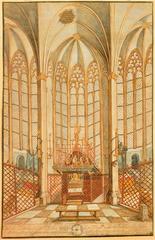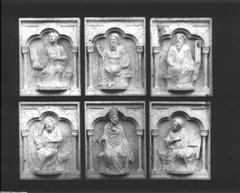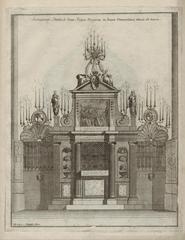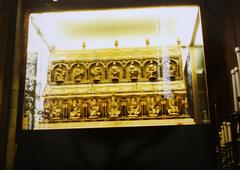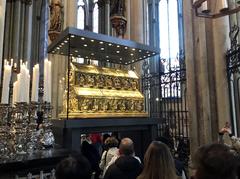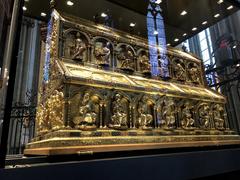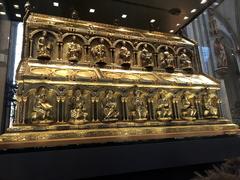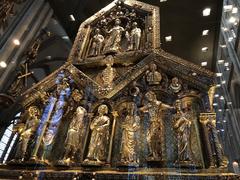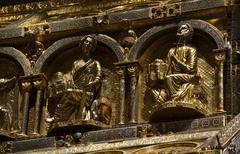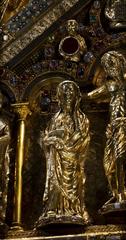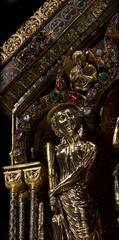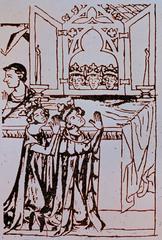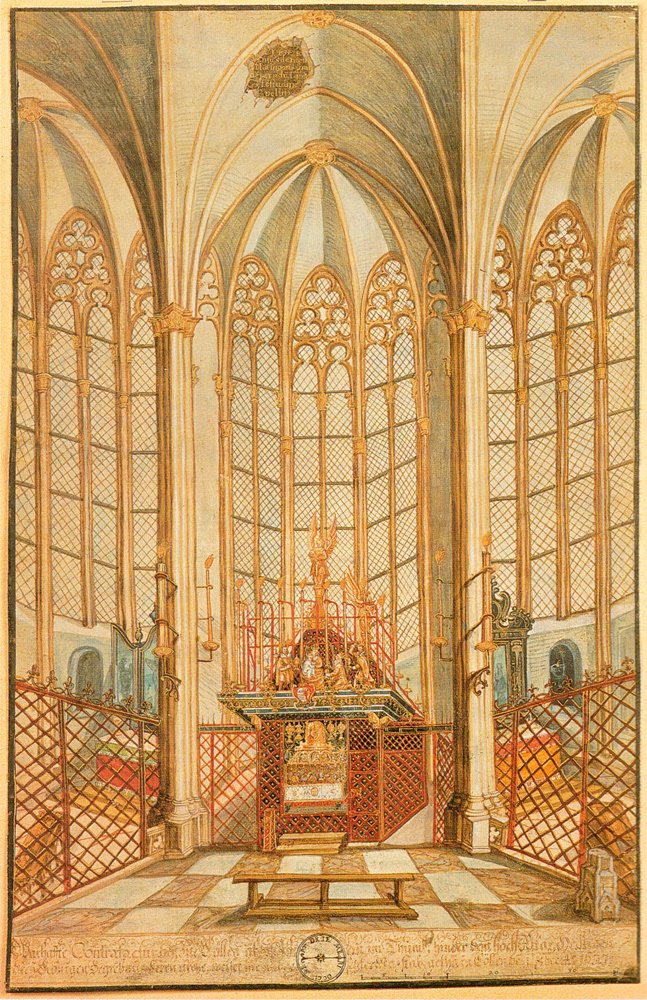
Visiting Kölner Dom: Tickets, Hours, and Tips
Date: 25/07/2024
Introduction
Welcome to the comprehensive guide on Kölner Dom, also known as Cologne Cathedral. This iconic Gothic masterpiece is a symbol of faith, resilience, and architectural brilliance, making it one of the most significant landmarks in Germany. Whether you’re a history buff, an art enthusiast, or a casual traveler, this guide will provide you with all the essential information to make the most of your visit to Kölner Dom. The construction of this magnificent structure began in 1248 and, after several interruptions, was finally completed in 1880. Its twin spires, soaring to 157 meters, were once the tallest structures in the world (UNESCO). The cathedral’s rich history, architectural grandeur, and cultural significance have earned it a place as a UNESCO World Heritage Site, attracting millions of visitors each year. From its medieval beginnings to its revival in the 19th century and its resilience during World War II, Kölner Dom stands as a testament to human endurance and artistic achievement (Wikipedia).
Table of Contents
- Introduction
- History of Kölner Dom
- Cultural Significance
- Visitor Information
- Nearby Attractions
- FAQs
- Conclusion
History of Kölner Dom
Beginnings and Medieval Construction
The construction of the Kölner Dom began in 1248, aimed at housing the relics of the Three Kings brought to Cologne in 1164 by Archbishop Rainald of Dassel. Inspired by French Gothic cathedrals like Amiens and Chartres, the foundation stone was laid on August 15, 1248, marking the start of a construction process that would span over six centuries (UNESCO).
The initial phase saw the completion of the choir in 1322, but economic and political challenges slowed progress. By 1560, construction halted, leaving the cathedral incomplete for nearly 300 years (Wikipedia).
Revival and Completion in the 19th Century
Interest in completing Kölner Dom revived in the early 19th century, fueled by a renewed appreciation for Gothic architecture and the Romantic movement. Prussian King Friedrich Wilhelm IV played a crucial role, and by the 1840s, sufficient funding and resources were secured (Explorial).
The cathedral was completed on October 15, 1880, with its twin spires reaching a height of 157 meters, making it the tallest building in the world at that time (Wikipedia).
World War II and Post-War Restoration
During World War II, Cologne was heavily bombed, but Kölner Dom withstood 14 aerial bomb hits. This resilience symbolized hope and endurance for the people of Cologne. Post-war restoration efforts focused on preserving the Gothic design, including the installation of a notable abstract window by Gerhard Richter in 2007 (Explorial).
Cultural Significance
Architectural Significance
The Kölner Dom is a Gothic masterpiece with intricate detailing, high ceilings, and large stained glass windows. Its twin spires dominate the Cologne skyline, and the façade features an array of sculptures and ornate decorations (UNESCO).
Inside, visitors can marvel at the stained glass windows and the Gero-Kreuz, believed to be the oldest large crucifix north of the Alps, dating from around AD 970. The treasury beneath the cathedral contains precious artifacts collected over centuries (Explorial).
The Shrine of the Three Kings
The Shrine of the Three Kings, a large gilded sarcophagus believed to hold the remains of the Three Wise Men, is a major feature of the Kölner Dom. It made the cathedral a significant pilgrimage site during medieval times and continues to attract visitors today (MyGermanyVacation).
The shrine is a masterpiece of medieval goldsmithing, adorned with intricate carvings and precious stones (Explorial).
UNESCO World Heritage Site
In 1996, Kölner Dom was designated a UNESCO World Heritage Site, recognizing its exceptional value to humanity. The designation highlights the cathedral’s architectural and historical significance (UNESCO).
Modern-Day Significance
Today, Kölner Dom is central to Cologne’s cultural and religious life. It is the seat of the Archbishop of Cologne and hosts numerous religious events, including the Christmas Midnight Mass (Explorial). The annual “Long Night of Churches” event offers after-hours access, special tours, and concerts (Explorial).
Visitor Information
Visiting Hours and Tickets
Kölner Dom is open to visitors daily, but hours may vary, so checking the official website for the most up-to-date information is advisable. Tickets for climbing the tower and visiting the treasury can be purchased at the entrance or online (Kölner Dom).
Travel Tips
Security measures include bag checks at the entrance. Only smaller bags and daypacks are allowed inside, and larger luggage must be left outside. Climbing the 533 stone steps to the top offers panoramic views of the Rhine River and the cityscape below, a popular activity for visitors (Kölner Dom).
Accessibility
The cathedral is wheelchair accessible, with ramps and elevators available for visitors with mobility issues. Guided tours are also available to provide insights into the history and significance of the cathedral (MyGermanyVacation).
Nearby Attractions
While visiting Kölner Dom, consider exploring nearby attractions such as the Roman-Germanic Museum, the Museum Ludwig, and the Hohenzollern Bridge. These sites offer additional insights into Cologne’s rich history and culture (MyGermanyVacation).
FAQs
What are the visiting hours of Kölner Dom?
Visiting hours vary, so it’s best to check the official website for the most current information.
How much are the tickets for Kölner Dom?
Ticket prices vary depending on the areas you wish to visit. Check the official website for detailed pricing.
Is Kölner Dom accessible for visitors with disabilities?
Yes, the cathedral is wheelchair accessible, with ramps and elevators available.
Conclusion
The Kölner Dom stands as a testament to human endurance, faith, and artistic achievement. Its rich history, architectural grandeur, and cultural significance make it a must-visit destination for anyone traveling to Cologne. Don’t forget to explore nearby attractions and immerse yourself in the city’s vibrant culture. For more updates and information, follow us on social media or check out our other related posts.
References
- UNESCO World Heritage Centre. (n.d.). Cologne Cathedral. whc.unesco.org
- Wikipedia. (n.d.). Cologne Cathedral. en.wikipedia.org
- Explorial. (n.d.). Cologne Dom. explorial.com
- My Germany Vacation. (n.d.). Top Things to Do, See, and Experience in Cologne, Germany. mygermanyvacation.com
- Solo Sophie. (n.d.). Cologne Cathedral. solosophie.com
- Germany Travel Blog. (n.d.). Cologne Cathedral. germanytravel.blog
- Nomadic Matt. (n.d.). Cologne Travel Guide. nomadicmatt.com
